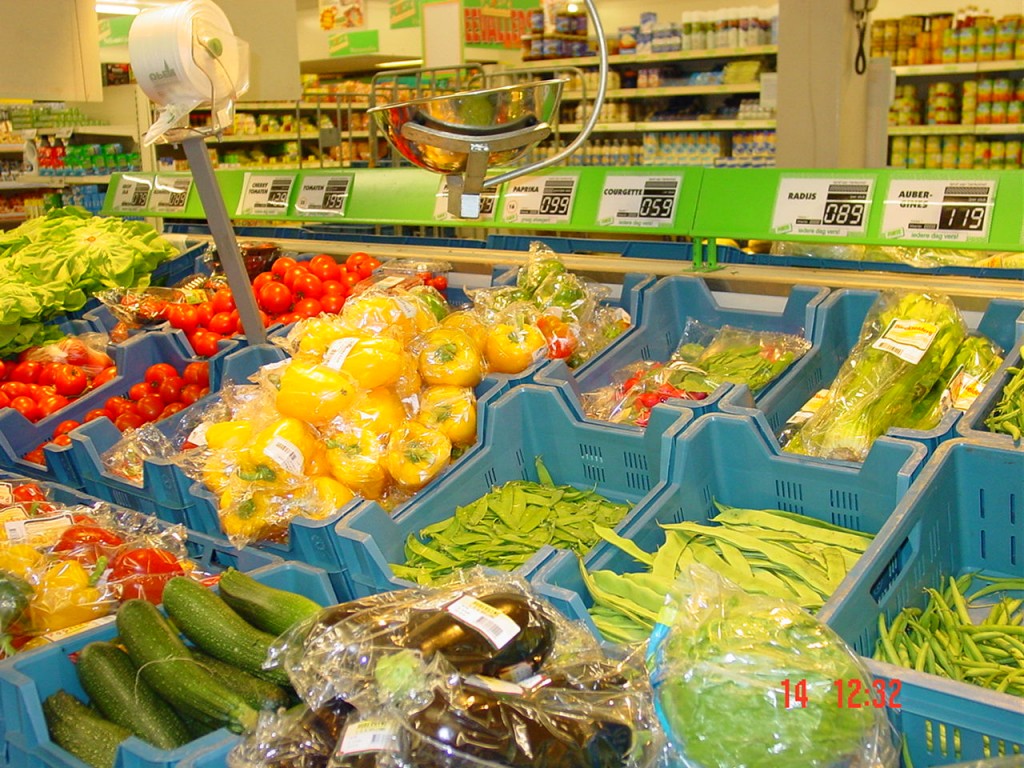According to IGD Retail Analysist, who conducted the latest research, the UK food and grocery market is set to be worth £184 billion over the next five years, compared to £156.8 billion in 2011.

Discount commercial property retailers, such as Lidl and Aldi are expected to drive a near 20% expansion, growing at an annual rate of 10.1% to a total value of 11.4 billion by 2016, compared to £7 billion in 2011.
The IGD said the convenience sector-which includes commercial property Sainsbury’s Local and Tesco Express-will grow by 4.7% and is set to be worth £42.2 billion by 2016, up from £33.6 billion in 2011.
In the meantime, online will be the fastest growing channel with an annual average growth rate of 13.7%. It is set to almost twofold in value in the next five years to reach 11.2 billion, up from £5.9 billion in 2011.
Convenience’s share of the overall food and grocery market is also expected to rise, to 22.9 per cent by 2016, compared to 21.4 per cent by the end of 2011.
The company found that due to economic strain facing many families in the UK, the rising cost of fuel is affecting where consumers choose to buy necessary items such as food. 50 per cent of shoppers prefer to use nearby shops to save on petrol costs when choosing a commercial property convenience store. A key factor for 46 per cent of respondents was being able to walk to a store from home.
Director of Retail Insight at IGD, Nick Everitt said: “The convenience sector is doing well in challenging conditions and outperforming the wider grocery market.”
He further added: “Convenience stores are also reaping the benefits of people cutting down on their car usage due to high petrol prices and so preferring to shop locally.”
According to the figures, those who shop at commercial property convenience stores use the arrangement three times a week. This is good news for grocers such as commercial property supermarket Morrisons and Waitrose, which are in the early stages of growing their convenience stores portfolios as they eye growth in the UK.
Everitt further added: “The convenience market’s success is down to a number of factors, including an ability to adapt to the changing demands of the UK population.
Shoppers are, for example, increasingly favouring a ‘little and often’ approach, and convenience operators are responding by offering a wider range of product choices.”
The optimistic forecasts come in the face of numerous bleak predictions for the next few years from the independent tax and spending watchdog, the Bank of England, the Office for Budget Responsibility and think tank the Organisation for Economic Co-operation and Development.
Chief Executive of IGD, Joanne Denney-Finch said: “Despite the extraordinary economic climate and the on-going uncertainty caused by the Eurozone crisis, there are a number of exceptional events in 2012 that could provide opportunities for growth: the Queen’s Jubilee celebrations, the Euro2012 football championship and the London Olympics. During this year’s Royal wedding, for example, our Shopper Track research found there was a spike in shoppers’ interest in food with a local or British theme.
We still buy most of our groceries at supermarkets and hypermarkets but we are also using different types of stores more often, such as online and convenience. And leading retailers are building their presence in these areas.
Another growth area is discounters and with people increasingly experiencing a squeeze in incomes, this format will benefit despite counting for a small share of the overall grocery market. Our Shopper Track data shows a doubling in shoppers using food discounters for their main source of grocery shopping: 6% of them say they now use this outlet as their main grocery channel, compared to 3% last September.
Technology will be a key feature in driving growth in the various food and grocery sectors. This includes, for example, proximity marketing where customers who sign-up to the service receive a text when they are near their local store about specific offers or virtual reality services which allows people with an online camera to get a 3D view of a product without needing to be in a store.”